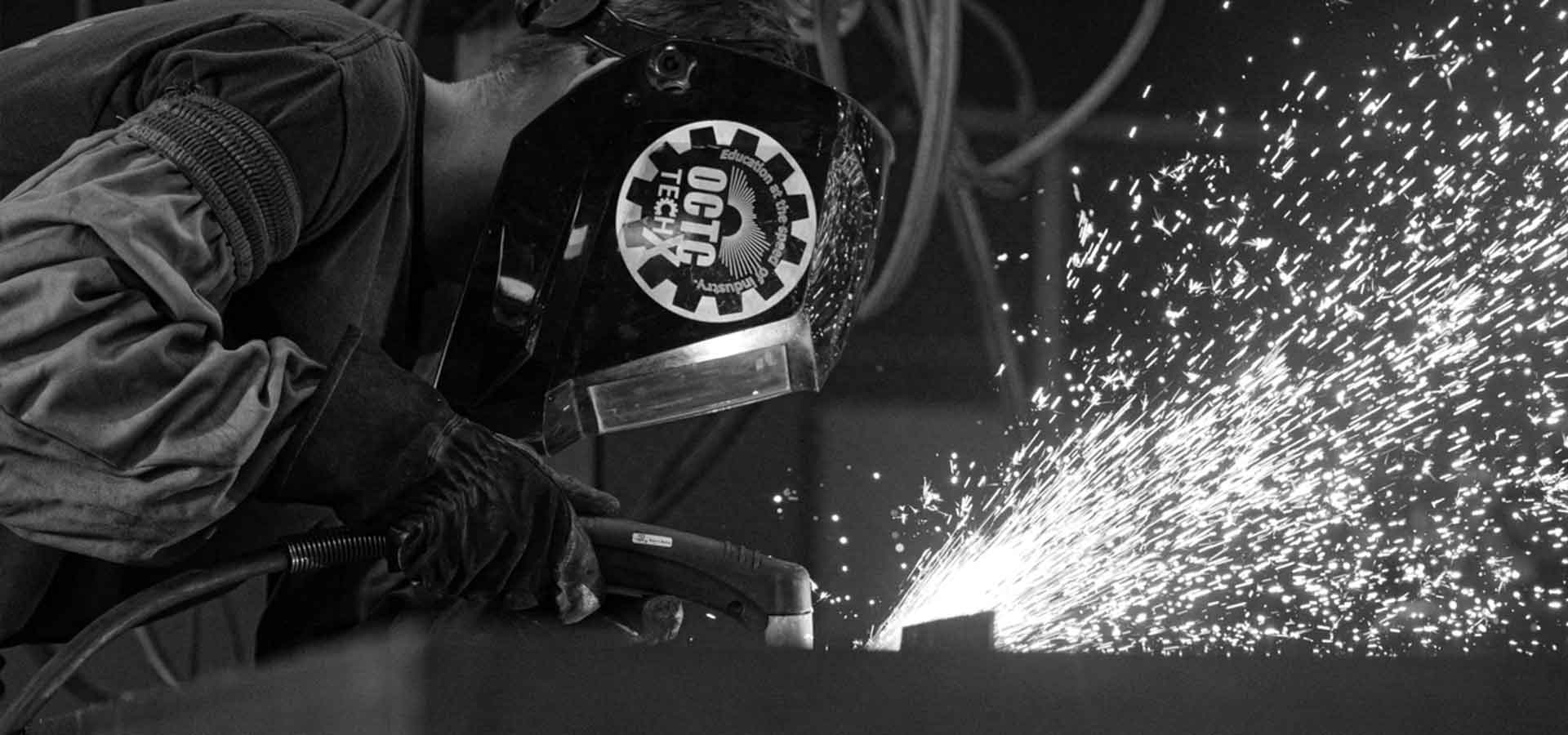As we delve into the era of the ‘Fourth Industrial Revolution’ within the manufacturing industry, a harmonious integration of human talent and advanced technology becomes increasingly crucial. This transformative period is characterized by the emergence of sophisticated robotics and artificial intelligence, reshaping the industrial domain.
The current landscape presents the manufacturing workforce with diverse challenges, going beyond the visible hurdles of staff shortages and skills gaps. These challenges have been highlighted, albeit not originated, by the COVID-19 pandemic. A more profound transformation is underway, involving an aging workforce transitioning towards retirement and a new generation of workers who are yet to acquire the specialized skills that are now indispensable in the industry.
This generation gap in skills is compounded by prevailing misconceptions among younger workers, who often view the manufacturing sector as being dominated by automation, potentially at the expense of human roles. While automation is integral, the industry’s future is shaped more by a collaborative relationship between humans and machines.
Addressing this need, innovative technologies like virtual reality and advanced simulators have become essential. Notably, AMTEC’s current NSF project, in partnership with zSpace, is pioneering this field by bringing a digital twin of the AMTEC Advanced Manufacturing System Simulator to classrooms and training centers globally, utilizing cutting-edge VR/AR technology. These tools are not just advanced equipment; they are vital in providing a safe, immersive, and engaging learning environment that facilitates rapid and effective skill development.
Moreover, Artificial Intelligence is revolutionizing how machines operate, enhancing predictive maintenance and improving efficiency. AI is transforming from a perceived job replacement threat to a valuable partner, enabling workers to engage in more complex and rewarding tasks.
Enhanced communication technologies, including sensor-equipped factory floors and advanced wearables, are also critical. These innovations allow for real-time information exchange, fostering a more responsive and efficient manufacturing process.
Central to these technological advancements is the imperative to train the next generation of skilled workers. The successful future of the manufacturing industry hinges on effectively equipping young professionals with the necessary skills and knowledge. This commitment to education and training is crucial in bridging the skills gap and ensuring a workforce capable of navigating and excelling in this technologically advanced landscape.
The dynamic between sustainability, AI, and the trend towards reshoring further underscores the need for automation that aligns with economic and environmental considerations. Industry leaders, such as Tom Cash of Foxmere, highlight how these factors are steering the industry towards a more automated, yet sustainable and efficient future.
The manufacturing sector stands at a pivotal point of change, the integration of technology and human skill is paramount. In this era of the ‘Fourth Industrial Revolution,’ the industry’s progress will be defined by its ability to harmonize technological innovation with the development and nurturing of human talent, ensuring a future where technology complements and elevates the human workforce.
